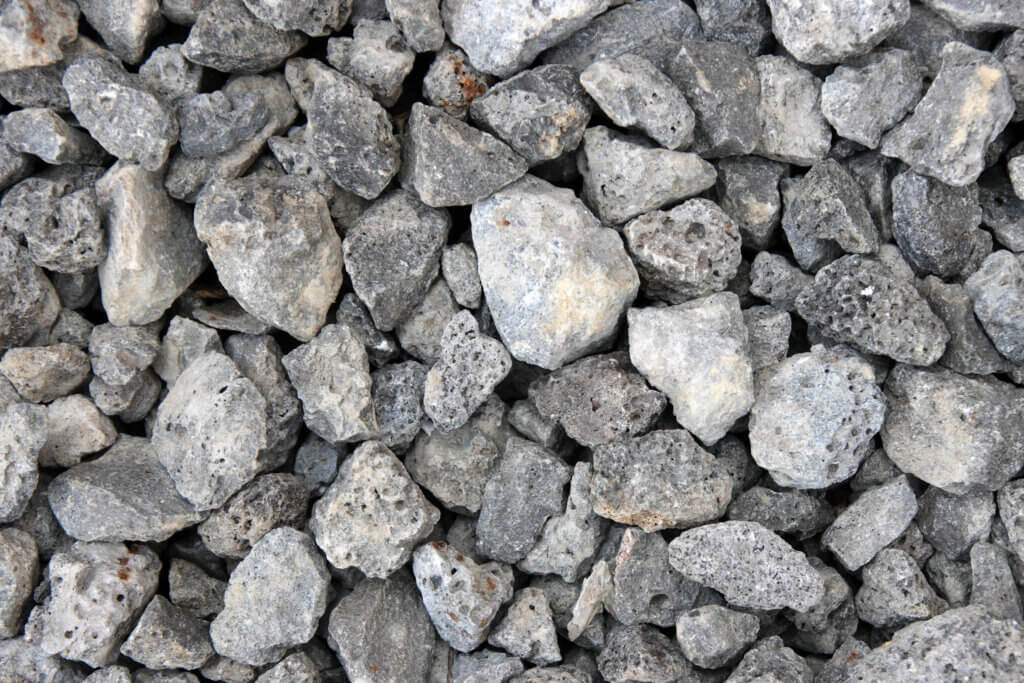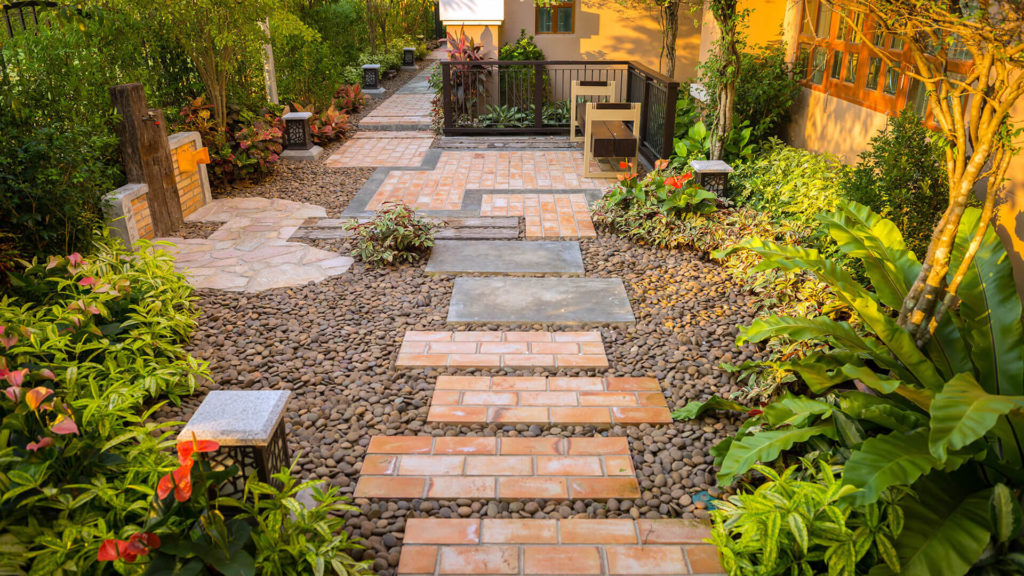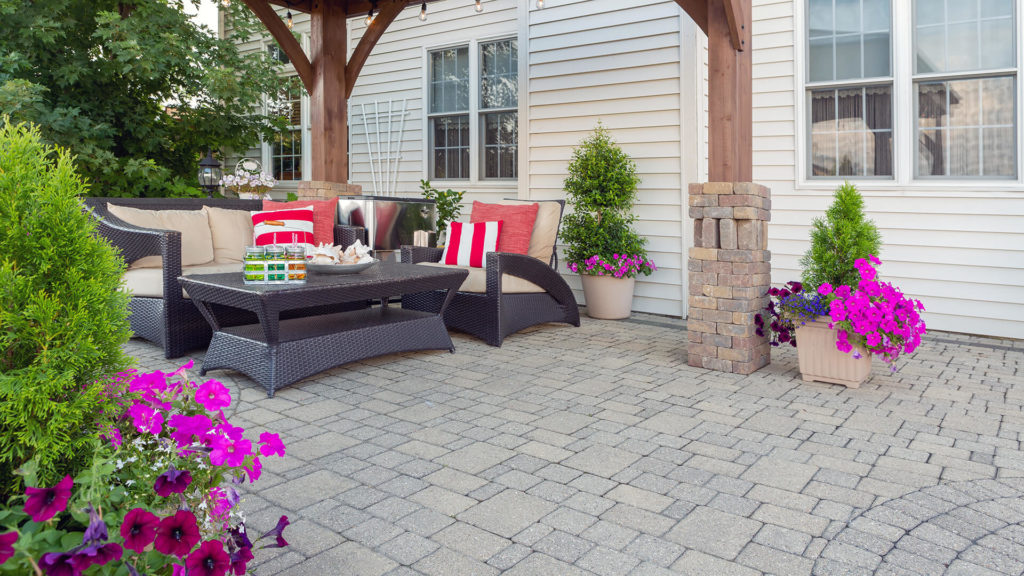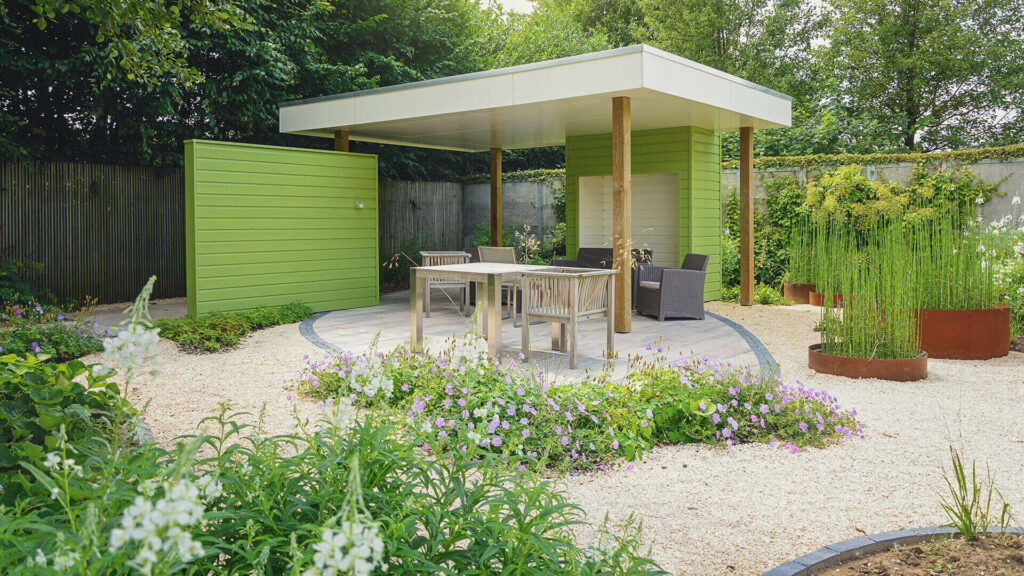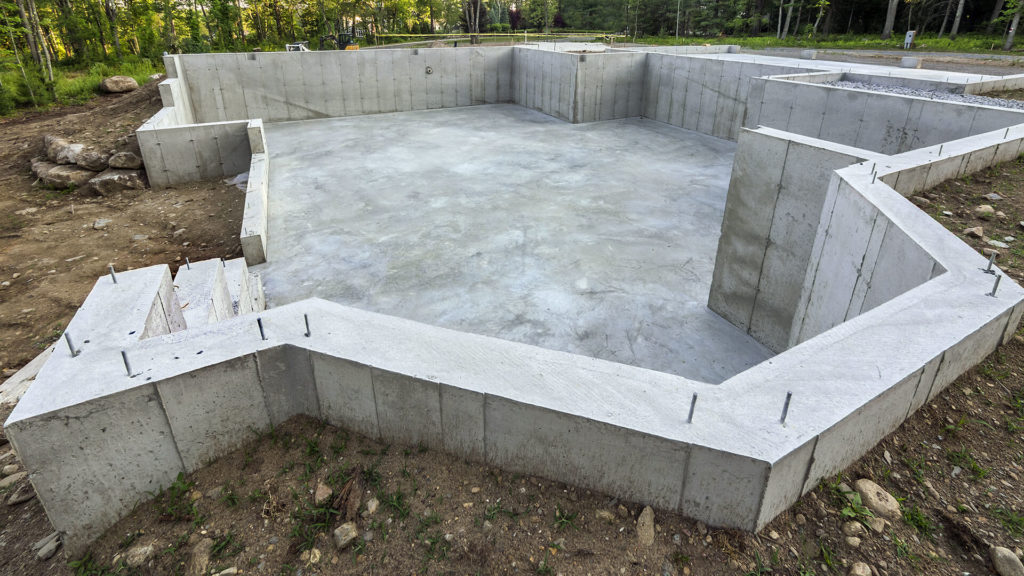Building a patio out of sand is an innovative way to create a relaxing, beach-like ambiance, especially for those that don’t live anywhere near the coast or a nice beach. This comprehensive guide discusses the benefits and limitations of building a beach sand patio, and provides detailed instructions for building one in your own backyard.
Advantages & Drawbacks of a Sand Patio
A beach sand patio boasts several enticing advantages, with its aesthetic appeal being paramount. It transforms a backyard into a serene, beach-like oasis, providing a natural and relaxed atmosphere that is difficult to achieve with other materials. Additionally, this type of patio is cost-effective; sand is usually less expensive than common alternatives like concrete, pavers, or wood. Moreover, it’s a project that most homeowners can undertake as a DIY task over a weekend, size permitting. The flexibility of sand as a medium is another significant benefit, allowing for easy reshaping or resizing of the patio. This versatility is particularly valuable for those who like to regularly change their outdoor space’s layout. Another advantage is the texture of sand; it’s soft and warm underfoot, offering a delightful experience when walking on it during the warmer months.
However, sand comes with its share of drawbacks. The most notable challenge is maintenance. Sand can easily scatter outside the designated patio area, meaning it requires regular raking and replenishment to keep it looking neat and contained. Additionally, sand patios are sensitive to weather conditions; heavy rain can wash the sand away, and winds can blow it into other areas of your yard or house. This type of patio is not ideal for supporting furniture as it does not provide a stable base, which can lead to uneven and sinking furniture. Furthermore, sand can be a welcoming environment for pests or outdoor cats.
How to Create a Beach Sand Patio
1. Planning & Design
The first step in creating a beach sand patio is to determine its exact size and location, taking into account factors such as sun exposure, prevailing winds, and proximity to the house. During the design phase, it’s crucial to decide on the patio’s shape and the materials for the borders, like rocks or wooden beams, which frame the sand and add to its aesthetic appeal. Additionally, consider the placement of furniture and design elements like loungers, umbrellas, fire pits, and water features. These not only contribute to the patio’s functionality but also enhance its visual appeal and ambiance.
2. Ground Preparation
Ground preparation is a crucial step in patio construction. It starts with marking the designated area, then clearing any existing grass and plants, followed by excavating 4 to 5 inches of soil. While optional, installing a 2 to 3-inch base layer of crushed stone and road base gravel is recommended for enhanced stability and drainage, though this requires digging slightly deeper. For activities like beach volleyball, it’s necessary to increase both the depth of the base layer and the sand layer, as well as the overall size of the patio. Leveling the ground at this stage is critical to prevent water pooling, which can lead to uneven sand distribution or erosion over time.
3. Installing Edging
Edging plays a crucial role in containing the sand, ensuring that it is both functional and complements the overall design. The materials for edging vary, including treated lumber for a natural appearance, stones or metal for a more defined boundary, and cost-effective composite materials. Proper installation of this edging is essential to maintain the shape and integrity of the sand patio.
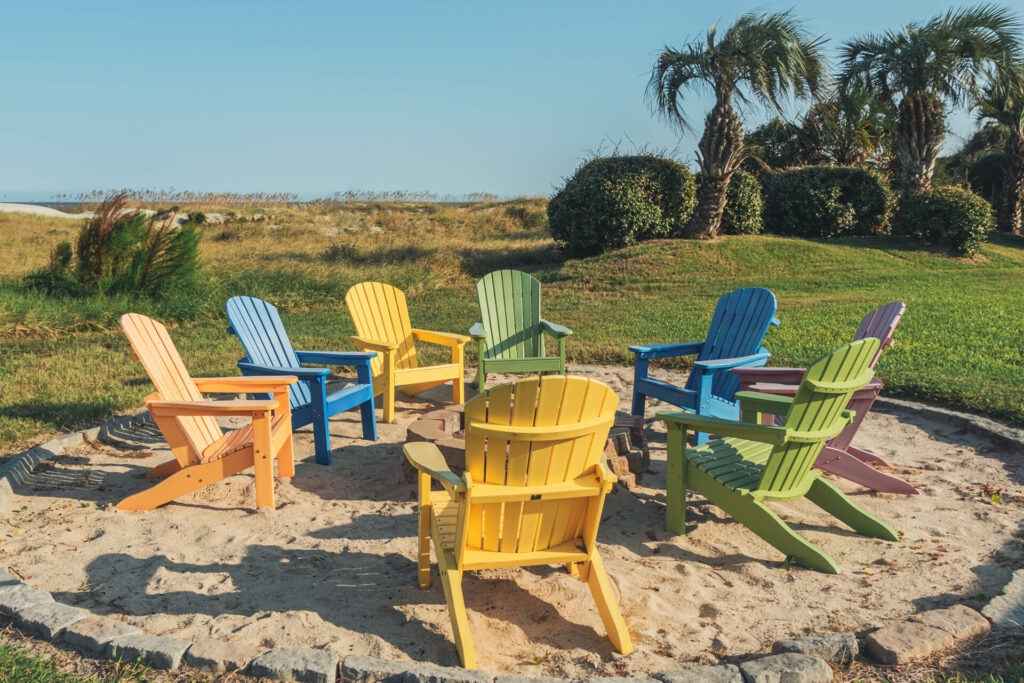
4. Weed Prevention
Once the edging is in place, weed prevention measures are essential. Laying down landscape fabric over the soil is a common approach. This fabric acts as a barrier, preventing weeds from growing through the sand while still allowing water to drain away, thereby maintaining the patio’s neat appearance and reducing maintenance efforts.
5. Sand Selection & Application
The choice and application of sand are perhaps the most defining steps. Masonry sand, also known as brick sand, has a fine and smooth texture, which compacts well while still providing a comfortable, soft surface that’s pleasant underfoot. This is particularly desirable for a beach sand patio, where a softer walking surface is often preferred. The sand is then filled into the prepared area to a sufficient depth and levelled out to create an even surface.
6. Maintenance Tips
Finally, maintenance is an ongoing step that ensures the longevity and beauty of the sand patio. Regular raking is needed to keep the surface even and free from debris. Over time, sand may need to be replenished to compensate for natural displacement due to wind and rain. This continual care is essential to maintain the patio’s inviting and pristine appearance.
Conclusion
A beach sand patio is an affordable, beautiful option for those who enjoy a natural, beach-like feel in their backyard. While it demands more maintenance than some alternatives, its aesthetic and tactile qualities are unmatched. With careful planning and regular upkeep, a sand patio can be a delightful addition to your outdoor space.

